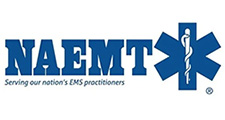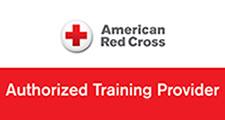- Office Phone:
- (718) 631-3333
- Office Hours:
- Mon - Sat: 9:00 AM to 12:00 PM - Sun: Closed
Saving Lives, Serving Communities: A Historical Overview of Volunteer Ambulance Corps in New York City's Five Boroughs
In the bustling metropolis of New York City, where every second counts, the presence of volunteer ambulance corps has been instrumental in providing crucial emergency medical services to its diverse communities.
From the earliest days of organized emergency response to the modern, technologically advanced systems we see today, the history of volunteer ambulance corps in the five boroughs of New York City is a testament to the unwavering commitment of ordinary citizens to saving lives and serving their neighbors.
Origins and Early Development
The roots of volunteer ambulance services in New York City can be traced back to the late 19th century. As the city grew rapidly, so did the need for organized emergency medical care. In response to this need, groups of dedicated individuals began forming volunteer ambulance corps in various neighborhoods across the five boroughs. These corps initially operated with basic equipment and limited resources but were fueled by a sense of duty and compassion for their fellow New Yorkers.
Growth and Expansion
Throughout the early to mid-20th century, volunteer ambulance corps in New York City expanded their reach and capabilities. With advancements in medical technology and training, these corps evolved into sophisticated organizations capable of providing advanced life support and critical care services. Many corps established partnerships with local hospitals and emergency medical services (EMS) agencies, further enhancing their ability to respond effectively to emergencies.
Challenges and Resilience
Despite their invaluable contributions to the city's emergency response system, volunteer ambulance corps in New York City faced numerous challenges over the years. Financial constraints, regulatory hurdles, and increasing demands for service strained the resources of many corps. However, through resilience and community support, these organizations persevered, adapting to changing circumstances while remaining steadfast in their mission to save lives.
Modernization and Innovation
In recent decades, volunteer ambulance corps in New York City have embraced modernization and innovation to meet the evolving needs of their communities. Advanced medical equipment, specialized training programs, and digital communication systems have become standard features of many corps. Additionally, some volunteer ambulance organizations have integrated volunteer and professional staff, blending the best of both worlds to deliver high-quality care efficiently.
Community Engagement and Impact
Beyond their primary role as emergency responders, volunteer ambulance corps in New York City have played an essential role in community engagement and outreach. Through public education initiatives, health fairs, and partnerships with local organizations, these corps have empowered residents to take proactive steps to protect their health and safety. Moreover, the presence of volunteer ambulance services has fostered a sense of unity and resilience within neighborhoods, strengthening the social fabric of the city.
The history of volunteer ambulance corps in New York City's five boroughs is a testament to the power of civic engagement and collective action in the face of adversity. From humble beginnings to modern, dynamic organizations, these corps have consistently demonstrated their commitment to saving lives and serving their communities. As New York City continues to evolve, the invaluable contributions of volunteer ambulance services remain a cornerstone of its emergency response system, ensuring that help is always just moments away.





